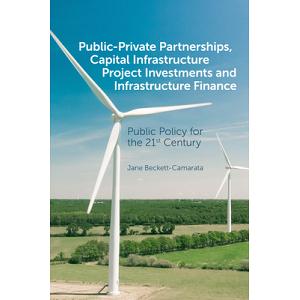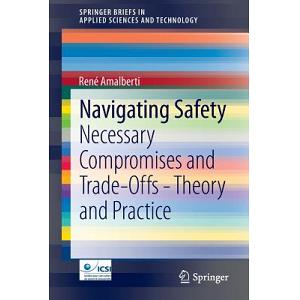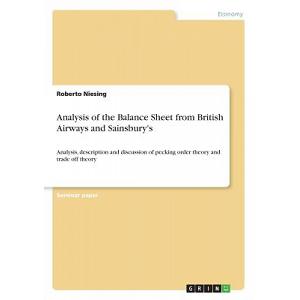A firm has zero debt in its capital structure. Its overall cost of capital is 9%. The firm is considering a new capital structure with 40% debt. The interest rate on the debt would be 4%. Assuming that the corporate tax rate is 34%, what would be its cost of equity capital with the new capital structure?
Answer:
To determine the cost of equity capital for a firm considering a new capital structure with 40% debt, we can use the Modigliani-Miller Proposition II, which states that the cost of equity increases linearly with leverage due to the increased financial risk to equity holders.
Given Data
- Current overall cost of capital (WACC): 9%
- Debt proportion (D/V): 40% or 0.40
- Equity proportion (E/V): 60% or 0.60 (since the firm has zero debt initially)
- Cost of debt (Kd): 4% or 0.04
- Corporate tax rate (T): 34% or 0.34
Step 1: Calculate After-Tax Cost of Debt
The after-tax cost of debt is calculated as follows:Step 2: Set Up the WACC Equation
The WACC can be expressed as:Substituting the known values:
Step 3: Solve for Cost of Equity (K_e)
First, calculate the contribution of debt to WACC:Now substitute this back into the WACC equation:
Rearranging to isolate :
Answer:
To determine the dividend income you will receive on July 31 as a result of your ownership of BuyLo Stock, we need to follow these steps:
- Identify the number of shares you own as of the record date for the dividend.
- Calculate the total dividend income based on the declared dividend per share.
Step 1: Determine Shares Owned on Record Date
You purchased RM1,000 worth of BuyLo Stock, but we need to know how many shares that represents. However, since the price per share is not given, we cannot calculate the exact number of shares you initially owned.Let's assume you purchased shares at an unknown price . The number of shares purchased would be:Step 2: Calculate Shares Held on Record Date
You sold:- 200 shares on June 5.
- 400 shares on July 8.
After selling another 400 shares, you have:
Step 3: Determine Dividend Eligibility
The company declared a dividend of RM0.50 per share on June 25, payable to holders of record as of July 10. Since you sold your last shares on July 8, you will still be eligible to receive dividends for all the shares you held before that date.Step 4: Calculate Total Dividend Income
The total number of shares you hold before selling is . Therefore, your total dividend income will be:To finalize the calculation, we need the initial price per share to determine . However, assuming you had enough shares such that is a positive number (i.e., you had more than 600 shares initially), your total dividend income on July 31 would be:
If for instance, you had originally bought 1000 shares (assuming each share was RM1), then:
- You would have sold 200 + 400 = 600 shares,
- Remaining: 1000 - 600 = 400 shares.
Therefore, if you started with enough shares to ensure , your dividend income would be calculated based on how many shares you held before selling. If more information about the initial purchase price per share is available, we could provide a precise amount for your dividend income.
Answer:
To determine how many shares of stock will be outstanding after the 3-for-2 stock split for Rovia Industries, we can follow these steps:
Step 1: Current Number of Shares Outstanding
Rovia Industries currently has 15,000 shares of stock outstanding.Step 2: Understanding the Stock Split Ratio
A 3-for-2 stock split means that for every 2 shares an investor owns, they will receive 3 shares. This effectively increases the number of shares outstanding.Step 3: Calculate the New Number of Shares
To calculate the new number of shares after the split, we can use the following formula:In this case:
- Current Shares = 15,000
- New Ratio = 3 (the number of new shares received)
- Old Ratio = 2 (the number of old shares held)
Calculating this:
Answer:
The trade-off theory and pecking order theory are two influential frameworks that explain how firms make capital structure decisions. Each theory presents a different perspective on the optimal mix of debt and equity financing.
Trade-Off Theory
The trade-off theory posits that firms strive to balance the benefits and costs associated with debt and equity financing to determine their optimal capital structure. Here are the key components:
- Benefits of Debt:
- Tax Shield: Interest payments on debt are tax-deductible, which reduces the overall tax burden for the firm. This tax advantage incentivizes firms to use more debt in their capital structure.
- Lower Cost of Capital: Because debt is generally cheaper than equity (due to lower required returns), increasing leverage can lower the firm's weighted average cost of capital (WACC) up to a certain point.
- Costs of Debt:
- Financial Distress: As a firm increases its debt levels, it faces higher risks of financial distress and bankruptcy. These risks can lead to direct costs (e.g., legal fees) and indirect costs (e.g., loss of customers, reduced employee morale).
- Agency Costs: High levels of debt may create conflicts between equity holders and debt holders, leading to agency problems that can further increase costs.
- Optimal Capital Structure:
- The trade-off theory suggests that there is an optimal level of debt where the marginal benefit of the tax shield equals the marginal cost of financial distress. Firms will adjust their capital structure until they reach this optimal point, maximizing their overall value.
Pecking Order Theory
In contrast, the pecking order theory, proposed by Myers in 1984, emphasizes a hierarchy in financing choices rather than an optimal capital structure:
- Financing Hierarchy:
- Firms prefer internal financing (retained earnings) over external financing because it avoids transaction costs and potential dilution of ownership.
- If internal funds are insufficient, firms will opt for debt financing next.
- Equity financing is considered a last resort due to the higher costs associated with issuing new equity (e.g., underpricing, dilution).
- Information Asymmetry:
- The pecking order theory highlights that managers have more information about the firm's prospects than external investors. Consequently, issuing new equity may signal that the firm is overvalued, leading to adverse selection problems.
- This information asymmetry drives firms to follow a specific order in financing decisions: first using retained earnings, then debt, and finally issuing new equity.
- No Optimal Capital Structure:
- Unlike the trade-off theory, the pecking order theory does not suggest an optimal capital structure. Instead, it reflects how firms behave based on their internal conditions and market perceptions.
Comparison and Implications
- Trade-Off Theory: Focuses on balancing benefits (tax shields) against costs (financial distress) to find an optimal capital structure.
- Pecking Order Theory: Emphasizes a preference for internal financing and establishes a hierarchy for financing decisions without suggesting an optimal structure.
Both theories provide valuable insights into capital structure decisions. The trade-off theory is useful for understanding why firms might target specific leverage ratios based on tax benefits and distress costs. In contrast, the pecking order theory explains how firms prioritize their financing choices based on internal resources and external perceptions. Firms often exhibit behaviors consistent with both theories depending on their circumstances, market conditions, and strategic objectives.



No comments:
Post a Comment